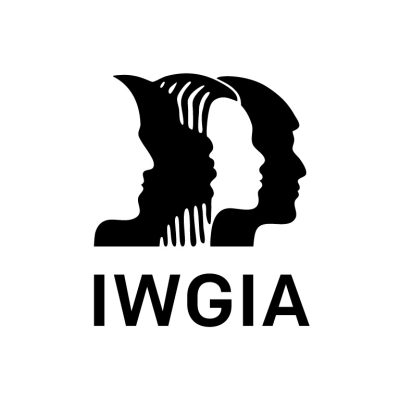What is the Indigenous Navigator?
What if one tool could measure indigenous peoples' rights globally? The Indigenous Navigator seeks to do just that, and it's being implemented today.
What is it?
The Indigenous Navigator is a set of tools for and by indigenous peoples to systematically gather their own data and use it for multiple purposes. It is a community-based framework for monitoring and guiding indigenous peoples’ rights and development.
How does it work?
The Indigenous Navigator generates data and documentation that empower indigenous peoples to demand respect and implementation of their rights.
What does it monitor?
The implementation of the UN Declaration on the Rights of Indigenous Peoples, the outcomes of the World Conference on Indigenous Peoples and essential aspects of the Sustainable Development Goals.
Who can use it?
The Indigenous Navigator is an open-source tool, available online, that can be used by indigenous peoples worldwide to gather data on the status of the recognition and realisation of their rights.
Which purpose does it serve?
The Indigenous Navigator provides community-generated data that can help raise awareness about indigenous peoples’ rights and contribute to their empowerment and ability to claim their rights. It also guides and orients indigenous peoples’ self-determined governance and development strategies. The tool is useful for holding States accountable by evidencing their compliance with – or failure to meet – human rights obligations. Moreover, it serves as a guideline for States’ and donors’ policies and development programs, including those designed to meet the Sustainable Development Goals.
Why is it needed?
Disaggregated data is vital to ensure the inclusion and participation of indigenous peoples in the 2030 Sustainable Development Agenda. The UN has previously recommended the construction of a common framework for monitoring the situation and well-being of indigenous peoples and the implementation of the UNDRIP through appropriate indicators. The Indigenous Navigator is an attempt to fill up this gap for systematic monitoring and assessment of the implementation and realization of indigenous peoples´ rights from the perspective of indigenous communities. With data documenting their situation, indigenous communities will be better equipped to claim their rights.
How was it created?
This initiative has been piloted for 2 years in 6 countries in Africa, Asia and Latin America, and further developed based on the lessons learned, recommendations of indigenous communities and the incorporation of the WCIP Outcome Document and the 2030 Agenda on Sustainable Development.
Which tools does it provide?
The Indigenous Navigator tools attempt to be as simple and user-friendly as possible. It provides a matrix that links the UNDRIP, ILO Convention No. 169 and other human rights treaties with an indicators framework. This includes online questionnaires for collecting data at the community and country level. The tools are consistent with the OHCHR human rights monitoring framework and provide a basis for monitoring and reporting on progress in the implementation of States’ commitments on the rights of indigenous peoples.
Who is in charge of the project?
The Indigenous Navigator is a collaborative initiative developed and managed by a global consortium composed by IWGIA, Tebtebba, AIPP, Forest Peoples Programme and the Danish Institute for Human Rights, with the support of the European Union (EU).
Contact
